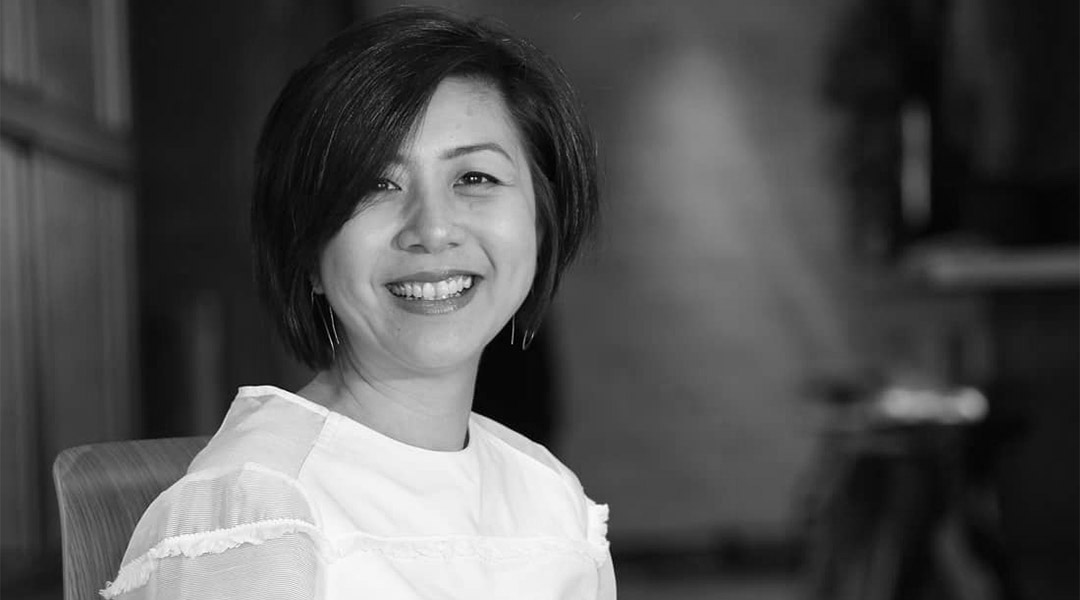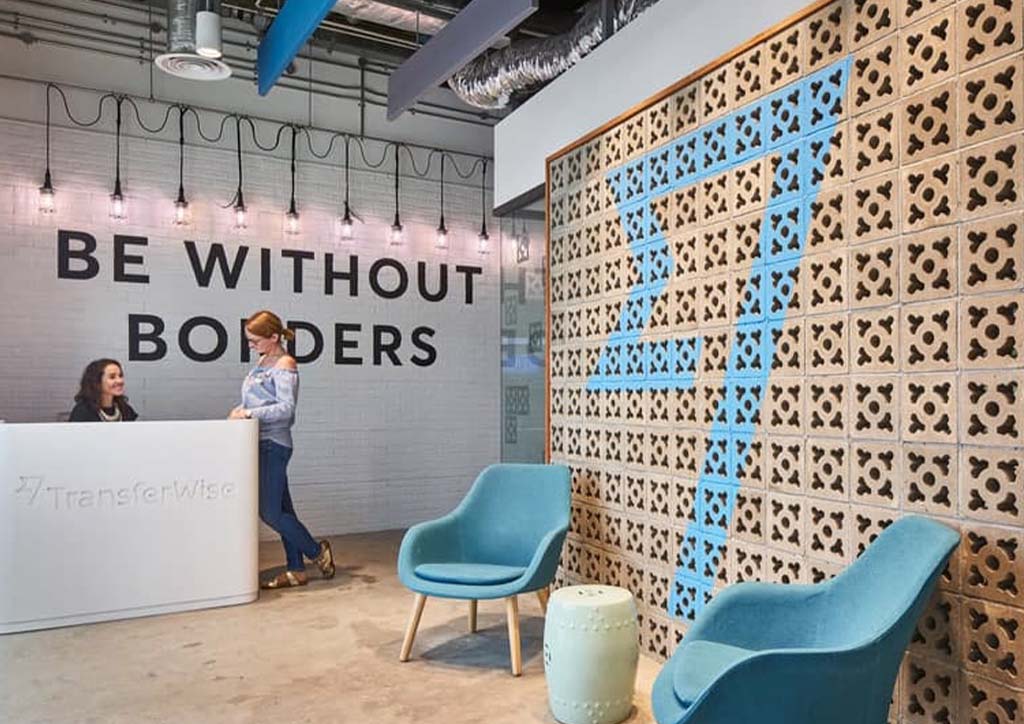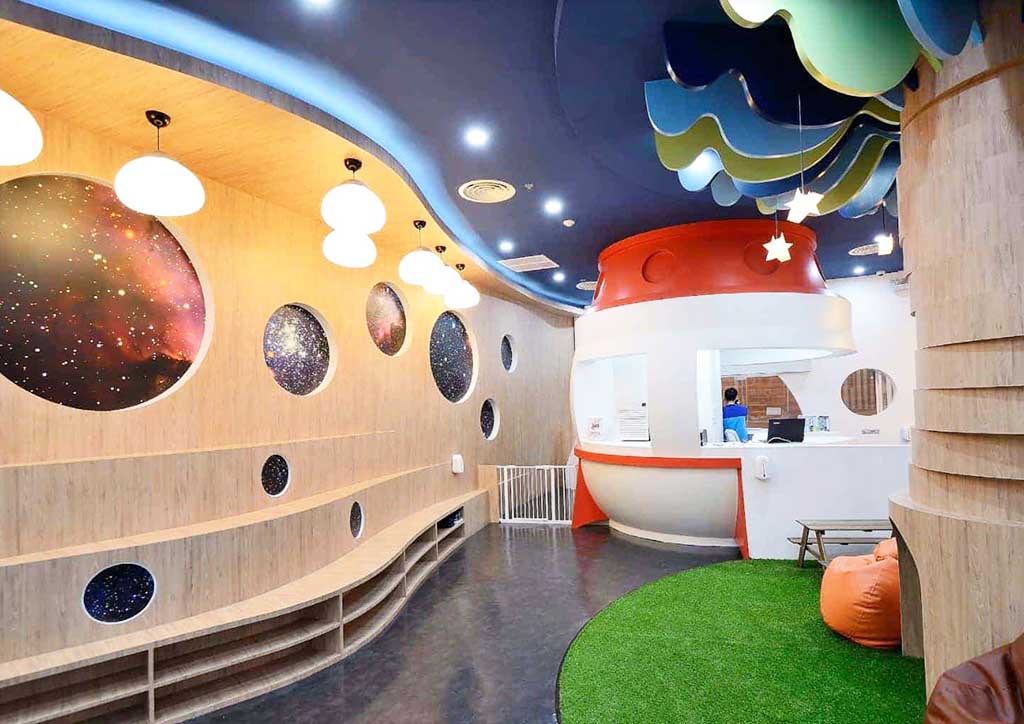
Women Run Design: Narita Cheah encourages women to make themselves present
Last February 27, 2020, Paperspace Asia held its first forum here in the Philippines, tackling design workplace culture. One of the panelists was Paperspace’s founder and director, Narita Cheah, who discussed their studio’s beginnings and the path to discovering their own office culture. After the event, BluPrint asked Cheah on her perception as a female leader in the interior design industry.

“I always thought that the world is bigger”
When asked how she was influenced to explore the realm of design, Narita Cheah recalls with fondness how her sister loved LEGOS when they were young. “She had these beautiful sets and then she would make them and break them,” she narrates. “But I would take the pieces and then create whatever I want. I never followed any of the written instructions. I suppose everything started from there.”
After high school, Cheah was more than a hundred percent sure that she wanted to take up arts. She went straight to study interior design in Malaysia, but along the way, she felt like education was very restrictive. “I was very lucky to have the opportunity of finishing my degree in London. It was like a whole new world there — not just in interior design. I saw the liberty of art even in the streets; It all falls, in fine arts, in fashion, in graphics, in everything. It was a great exposure that gave me a lot of confidence because not many people in my country did what I did back then,” she details. Gathering the confidence from her years of experience, Narita Cheah, along with Sombat Ngamchalermsak then decided to create Paperspace.

A woman at work
Narita Cheah shares that the vision for Paperspace was to create a unified system of design by bridging diverse talents. “When I studied interior design, I never felt any disparity between genders. Maybe it was because there were more females over males and even so, there was no distinct line that separates the students,” she recalls. “This educational culture made me believe that balance is also possible when you go out there and work with other people. Design diversity is more about different ideas and principles, not gender or even sexuality.”

Despite her inclusivity and openness as a leader, Narita Cheah shares that there are unavoidable situations that manifest the distinction between male and female designers. “When you work with men, they tend to not get into too much details. They focus on the big picture; they’re very visual, they tend to be very visionary,” she explains. “With females, especially for interior design, there can sometimes be a tendency that a plan is treated as a pet project and they get into too much detail.” The majority of the consultants and designers within Paperspace are female, but Cheah is pushing to hire and employ more men in their studios. “I think this is where you strive to find a balance because there are really certain aspects that show how different people are, but I believe it’s not something that should separate us. I believe men and women must work together because it is only then where we will be able to advocate design as a universal language.”
YOU MIGHT LIKE: Women Run Design: For Twitee Vajrabhaya, architecture knows no gender
What can women do?
Looking at the differences between men and women in the workplace, Narita Cheah shared how she can personally contribute to making design more gender-fluid through their special program for students, stating that the problem with the education system is how students are not taught to develop and improve their communication skills. “We have these student group sessions where we can talk about anything. I remind them that when you’ve got a burning desire, and you’ve got a question, there are no irrelevant questions.” Cheah believes that communication is actually more important in the design process and designing is only half of the job. “You cannot design something that you cannot understand, and you cannot understand unless you communicate.”

The students that Narita Cheah and her team welcome are a mixture of boys and girls who are eager to learn. While narrating, she suddenly realized how other female students would often prefer to sit at the back, or how other women of her age would place themselves at the less visible corners of the meeting room. Narita Cheah appealed to women in the industry and students who aspire to engage in interior design: “I believe that women, in any industry, must learn how to push themselves to be visible. When you come into the room, you don’t sit at the backbench. You sit in the middle of the room and you make them recognize your presence. I guess what I’m saying is if we want empowerment and equality, we’re going to have to make it ourselves. We can’t expect somebody else to fight that discussion for us.”
READ MORE: Women Run Design: Jean de Castro believes that any woman can build her future
Images courtesy of Paperspace Asia


